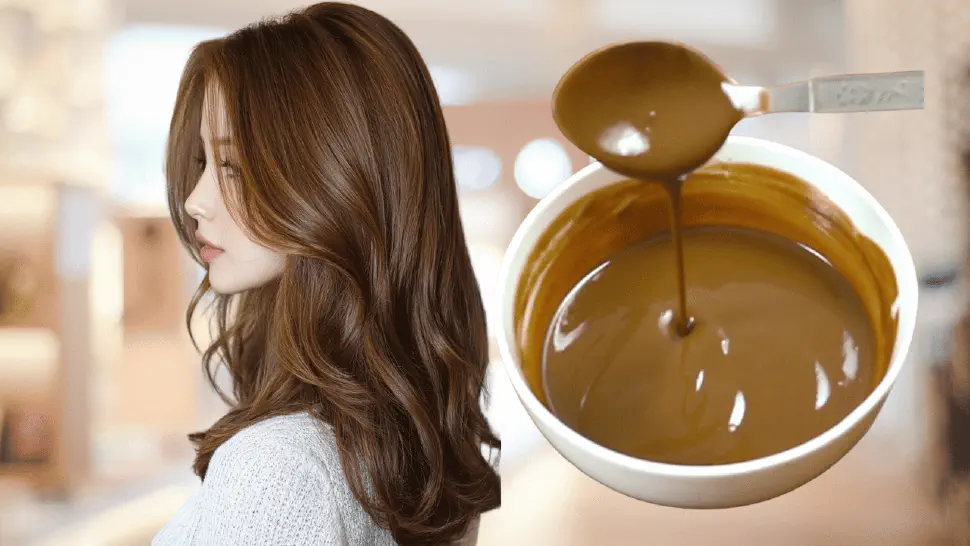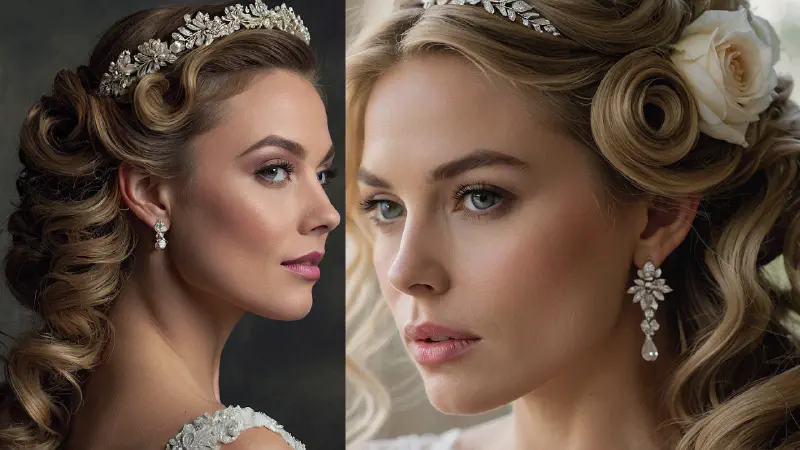Have you ever dreamed of achieving the perfect shade of brown hair without the harshness of chemical hair dyes? As more people become conscious of the potential risks associated with conventional hair dye products, many are turning to natural, homemade solutions. The allure of using ingredients straight from your pantry not only promises fewer chemicals but also a unique way to personalize your beauty routine.
Traditional hair dyes often contain harsh chemicals that can damage your hair and impact your health. Natural dyes, on the other hand, use ingredients like coffee, black tea, and walnut shells, offering a gentle yet effective way to achieve rich, vibrant tones. These methods provide not only a stunning look but also a healthier approach to hair care and hair growth.
This guide will walk you through the process of creating your own homemade brown hair color, from understanding the risks of conventional hair dyes to perfecting your mix with natural ingredients. You’ll learn preparation and application techniques, plus tips on maintaining that beautiful hue for longer. Dive into the world of natural hair dye and embrace a safer, more sustainable beauty regimen.
Understanding the Risks of Conventional Hair Dyes
Conventional hair dyes are popular for changing hair color. However, these dyes come with certain risks. Many contain chemicals that can affect hair growth and health. Understanding these risks is important for anyone looking to dye their hair. It’s essential to make informed decisions about what products you use.
Common Chemical Concerns
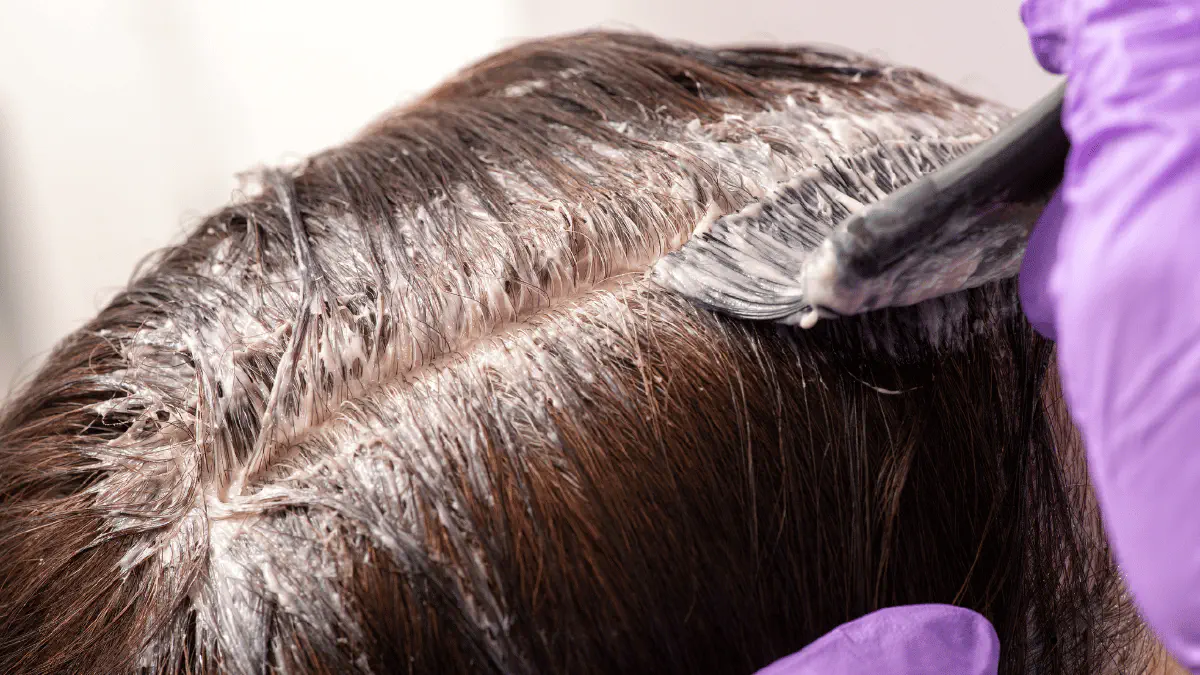
Chemical ingredients in traditional hair dyes may cause concerns. These chemicals can irritate the skin and eyes. Some may cause allergic reactions. Ingredients like ammonia and peroxide can harm hair follicles. Over time, they can lead to dry hair and damage. These chemicals may also pose health risks when absorbed into the body. It’s crucial to be aware of these potential hazards of color hair.
Benefits of Natural Alternatives
Natural alternatives to traditional hair dyes can offer safer ways to color hair. They use natural ingredients, avoiding harmful chemicals found in conventional dyes. For example, henna hair dyes provide a rich brown color without harsh side effects. Ingredients like chamomile tea, coconut oil, and sage leaf help nourish hair. Apple cider vinegar and beet juice can also enhance hair health. Choosing natural options can lead to healthier, shiny hair. They offer an excellent choice for anyone concerned about chemicals in hair dyes. So here we are going to explain natural hair dye recipes.
Popular Natural Ingredients for Brown Hair Color
Many people are turning to natural ingredients for hair dye as a safer alternative to traditional hair dyes. Natural hair dyes can enhance your hair without harmful chemicals. Homemade brown hair dye options often use ingredients you may already have in your kitchen. These can offer a beautiful brown color, while also being gentle on your strand of hair and hair follicles. Let’s explore a few popular natural choices, including coffee, black tea, and walnut shells, to achieve a rich brown hue.
Coffee for Rich Brown Hues
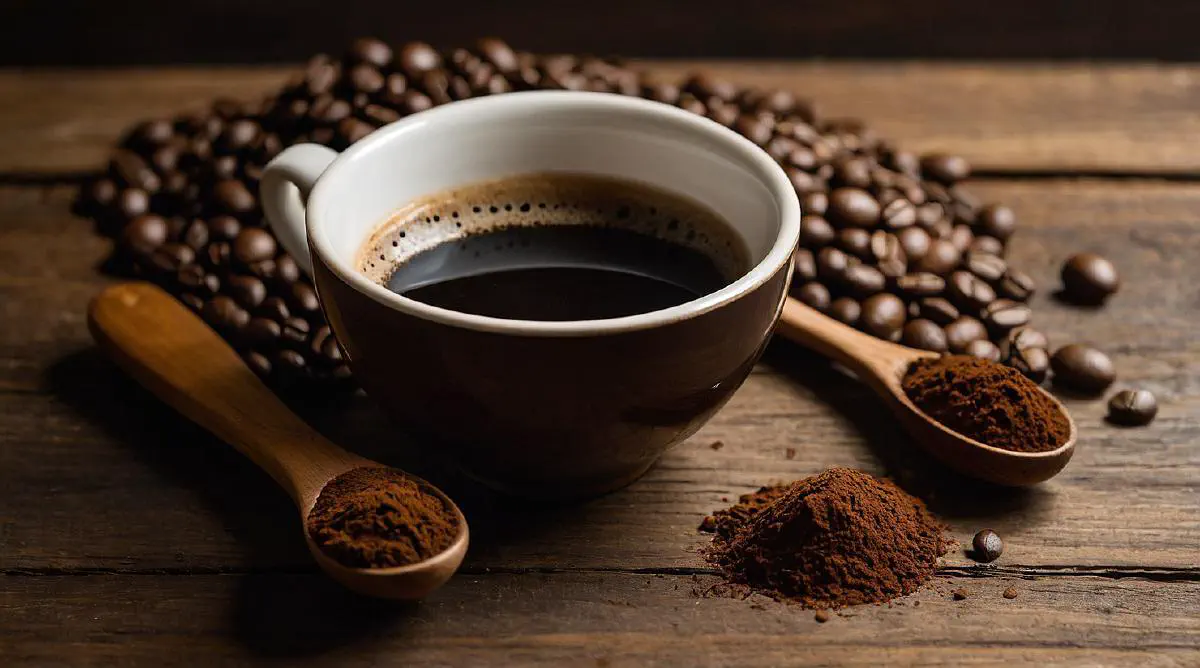
Coffee is a wonderful natural hair dye that not only gives a deep brown color but also conditions the hair with coffee. Applying coffee will give your hair a temporary brown color and is effective in covering gray hairs. You’ll need brewed coffee, like a strong cup of hot water or espresso. To use coffee as a dye, mix it with a conditioner or with coconut oil for easy application. After applying, cover your hair with a shower cap for at least an hour. Once done, rinse your hair thoroughly with a cup of water, and you will see a noticeable brown shade.
Using Black Tea for Deepening Color
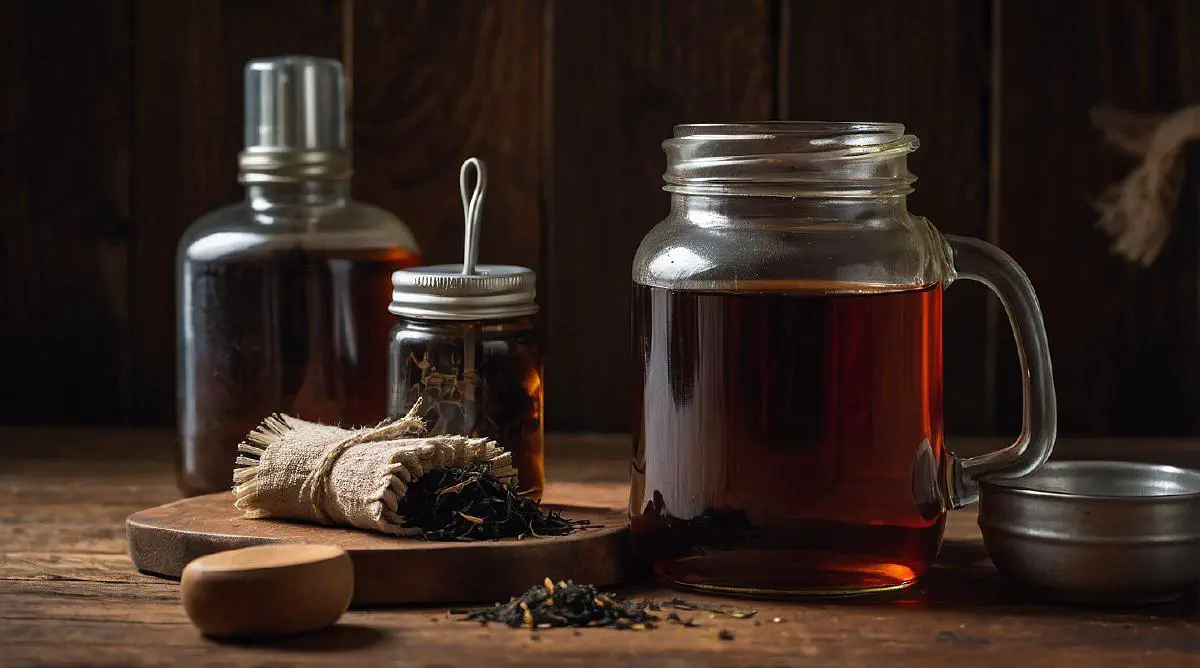
Black tea is another great choice for darkening and enriching brown hair. The tannins in tea work to intensify your natural hair color. To make black tea dye, steep several tea bags in hot water until the water is richly colored. Once the tea has cooled, apply it to your hair with a spray bottle or by pouring it over your head. For the best results, let the tea remain in your hair for an hour before rinsing. This method is gentle on all hair types and can be repeated weekly to maintain the color. Using black tea regularly can also help reduce gray hairs.
Walnut Shells for Darker Shades
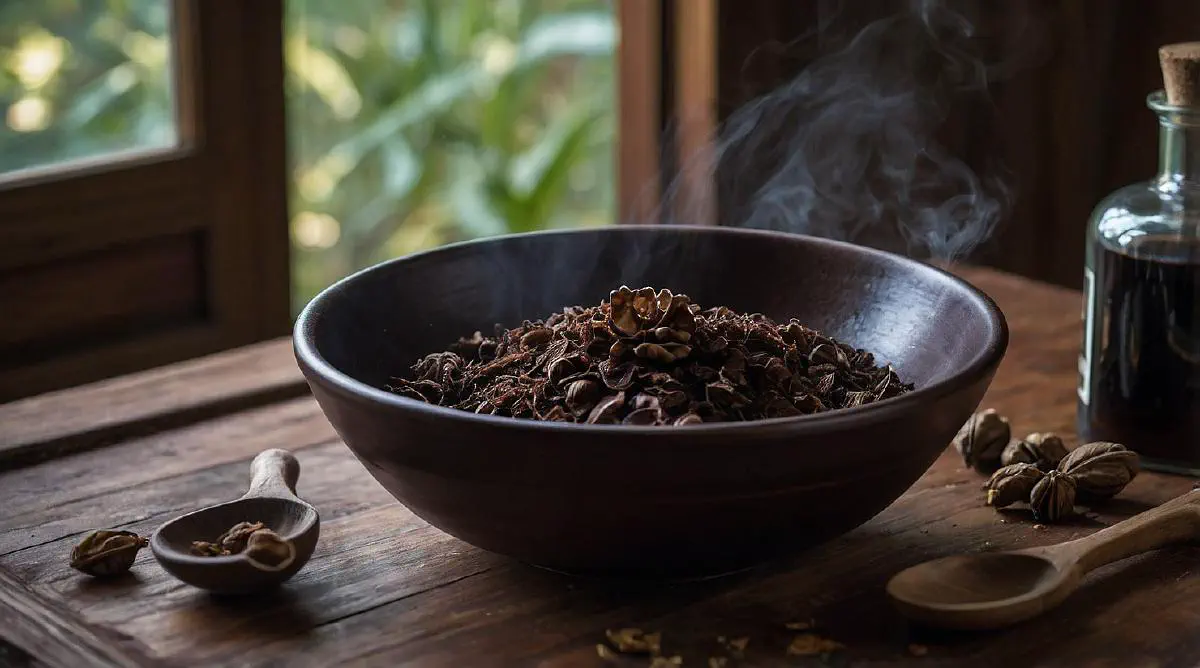
Ground black walnut shells are potent and can give darker brown shades to your hair. This method works well for dark hair or those with natural brown tones. To prepare the dye, boil the walnut shells in hot water for about 25 minutes. Once cooled, strain the liquid into a spray bottle for easy application. Apply this natural dye evenly through your hair, and let it sit for at least 30 minutes to an hour. After rinsing, you will notice a deeper brown color. Using walnut shells adds not only color but also a beautiful shine to your hair, making it look vibrant and healthy. Remember to check if you have any allergies to walnut before using this method.
Dying Hair with Beet and Carrot Juice for Red Tints
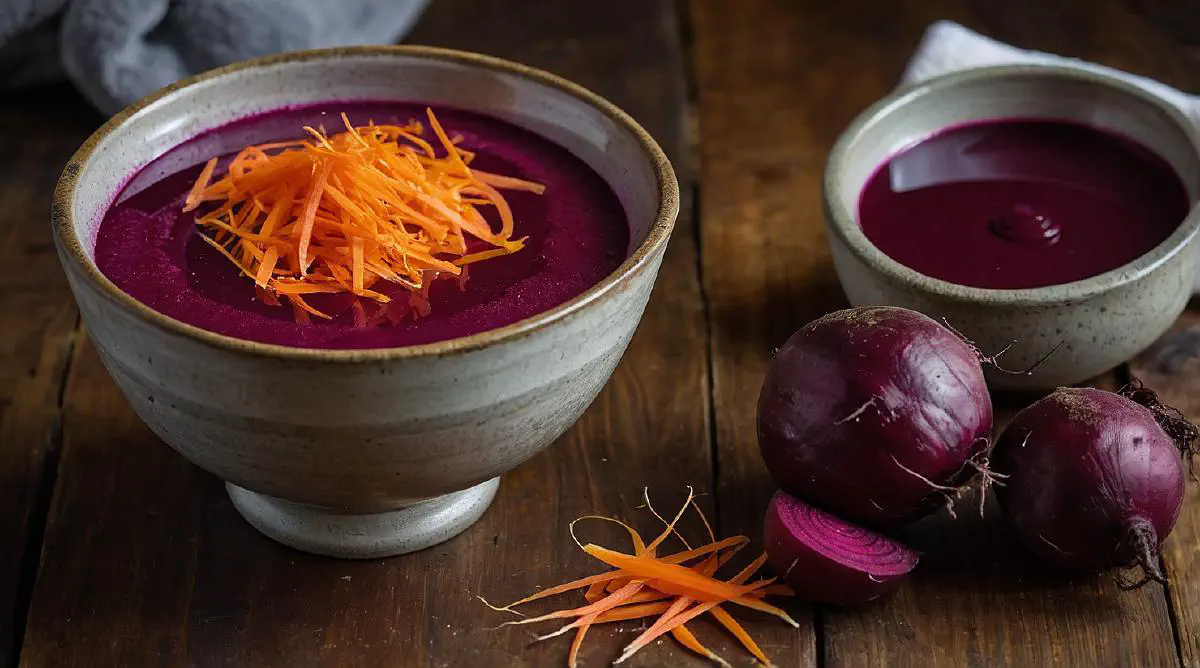
While primarily used for a hint of red, beet and carrot juice can enhance the brown tones in your hair and create a rich, vibrant color with subtle red undertones. This method is ideal if you are looking for a multidimensional brown color with warm highlights.
Ingredients and Preparation:
Beet Juice: Known for its deep red pigment, beet juice can add a rosy tint to your hair. You can use store-bought beet juice or make your own by blending fresh beets and straining the juice.
Carrot Juice: Carrot juice brings a warmer, more golden hue to your hair. Like beet juice, you can either purchase this juice or prepare it by juicing fresh carrots.
Carrier Oil (optional): To protect your hair from drying out, mix the juices with a carrier oil such as coconut oil or olive oil. This not only nourishes your hair but also helps the color bind better.
Application Process:
Mix the Juices: Combine equal parts beet and carrot juice in a bowl. Adjust the ratio according to the hue you desire—more beet juice or carrot juice.
Application: Apply one cup of juice on your hairs, then cover it with shower cap, so that it does not dry quickly, but give full colour to hair. Let it be there for 30-45 minutes.
Rinse out the juice and then coat your hairs with Apple Cider Vinegar.
Dyeing Hair with Henna
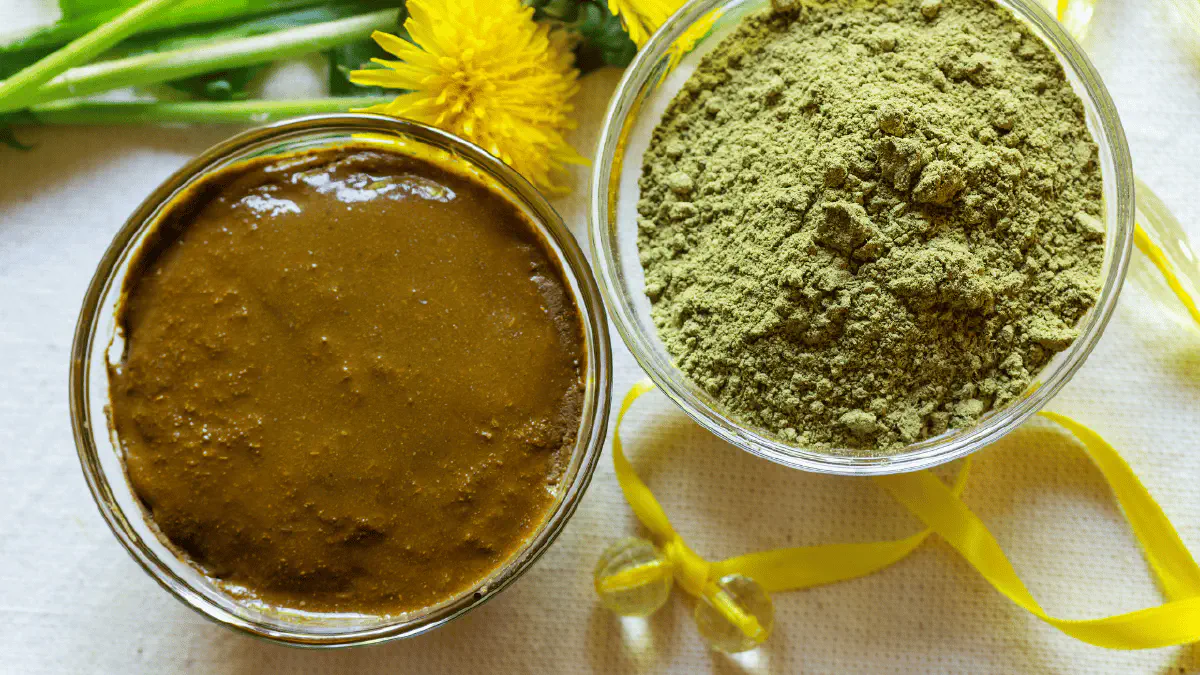
Prepare the Henna Paste: To start, mix henna powder with warm water in a non-metallic bowl until you achieve a yogurt-like consistency. You can also add a splash of lemon juice to enhance color release. Let the mixture sit for at least 1-2 hours; this allows the dye to release from the henna.
Protect Skin and Clothing: Before applying the henna, wear old clothing and gloves to avoid unwanted stains. It’s also wise to apply a thin layer of petroleum jelly along your hairline and ears to prevent the henna from staining your skin.
Application: Begin applying the henna paste from the roots to the ends, sectioning your hair to ensure even coverage. Use a brush or your gloves to work the henna through your hair, ensuring every strand is well-coated.
Wait Time: Once your hair is covered, wrap it in plastic wrap or cover it with a shower cap to keep the henna moist. You’ll want to leave it on your hair for about 2-4 hours to achieve a rich brown color. The longer you leave it, the deeper the color will be.
Rinse: Rinse the henna
Preparation and Application Process
Creating a homemade brown hair dye can be a fulfilling experience, offering a natural alternative to traditional dyes. This process not only avoids toxic chemicals but also provides a personalized touch to hair care. Many natural ingredients, like henna, sage leaf, and black walnut powder, can deliver stunning brown tones. These ingredients have been used historically to help achieve beautiful, dark hair without the concerns of harmful chemicals. Whether you have gray hair or lighter hair and want a change, this method can suit various hair types. Understanding the preparation and application process is crucial. It ensures you achieve the desired brown color, all while protecting your hair follicles and keeping them healthy.
Gathering Necessary Ingredients and Tools
To begin your homemade dye journey, gather all the essential ingredients and tools. You will need natural ingredients like henna or black walnut powder for a rich brown color. Besides, add chamomile tea or sage leaf for additional richness. For applying this mixture, a spray bottle and a cup of water are essential for even distribution. Coconut oil or olive oil aids in keeping your hair moisturized during the process. Don’t forget to have apple cider vinegar and lemon juice nearby; they help in balancing the mixture’s pH. Having these natural components ensures that your homemade dye is effective and gentle on the hair, avoiding harmful chemicals found in many traditional hair dyes.
Step-by-Step Guide to Mixing and Applying
Once you have your tools ready, begin with the mixing process. Start by boiling hot water and steeping 2-3 chamomile tea bags for a strong infusion. In a separate bowl, mix henna or black walnut powder with the cooled tea, stirring until smooth. To this mixture, add a splash of lemon juice for added shine. Let the blend sit for a few hours, allowing it to develop. Before applying, coat your hairline with coconut or olive oil to prevent staining. Pour the mixture into a spray bottle for easy application. Spray the dye evenly onto your hair, ensuring it covers every strand. Let it sit for a recommended time before rinsing thoroughly with a cup of water and apple cider vinegar to set the color.
Tips for Achieving Even Color
Achieving an even brown hair color can be simple with the right technique. Start by sectioning your hair to ensure the dye reaches every area. Use your spray bottle to apply the mixture, focusing on areas prone to gray hairs or uneven color. Be patient and allow the dye to sit for the needed time to deepen the tone. After applying, wrap your hair in plastic or a shower cap to retain heat, aiding in better dye absorption. Rinse out thoroughly and avoid washing your hair with shampoo for at least 48 hours. This step helps the color to set deeply in the hair follicles. Following these tips can lead to striking, even color results, enhancing your natural hair beauty.
Enhancing and Maintaining Color Longevity
Achieving the desired brown hair color can be exciting, but keeping it vibrant can be a challenge. Homemade hair dyes offer a natural alternative to traditional chemical dyes and can be tailored to your needs. In addition to avoiding harmful chemicals, these dyes often work well to enhance and maintain your hair’s color longevity. By using natural ingredients, such as herbs and plant extracts, you can revitalize your brown hair and make the color last longer. Effective methods include using herbal infusions and oils that nourish the hair, keeping the color fresh and vibrant.
Herbal Dye Boosters
Herbal dye boosters are a wonderful way to enhance the effectiveness of natural hair dyes. They can be easily incorporated into your dyeing routine to amplify color intensity and longevity. For instance, adding chamomile tea can brighten lighter hair tones, while sage leaf helps deepen dark hair shades. Additionally, Black walnut powder can be mixed in to achieve a rich, brown color that dismisses white hair/gray hair naturally. Each of these boosters is packed with natural, color-enhancing properties.
Many people find using herbal methods gentle on their hair follicles. These boosters limit the harmful effects associated with traditional hair dyes. They not only add life to your color but also condition dry hair, thanks to the natural oils. Coconut oil and olive oil, for example, can moisturize the scalp and lock in color. Using herbal dye boosters ensures both beautiful color and healthy, nourished hair.
Techniques for Prolonging Dye Effect
Keeping your brown hair vibrant involves more than just the right dye. Prolonging the dye effect is essential for maintaining your look. One effective method is rinsing your hair with apple cider vinegar after dyeing. It seals the hair cuticles and locks in the color. Using a spray bottle with a diluted mix of lemon juice and water can also refresh your brown tone between dye sessions.
Another crucial detail is the regular protection of your hair from sun exposure, which can fade the color. A hat or scarf serves well for this purpose. Also, staying away from hot water when washing your hair helps to keep the dye from fading too quickly. Opt for lukewarm cups of water instead. Lastly, stick to sulfate-free shampoos and conditioners. They prevent stripping of color and dryness, ensuring that your brown hair remains vibrant and healthy over time. Proper care is key to longevity and shine.
Exploring Semi-Permanent Natural Dye Alternatives
Semi-permanent natural dye alternatives are gaining popularity among people looking for safer ways to color their hair. These dyes use natural ingredients like henna, beet juice, and chamomile tea instead of harsh chemicals. This approach is appealing for those with health concerns or allergies related to traditional hair dyes. The variety of natural dyes available makes it easier for individuals to achieve various shades, from blonde hair to dark hair, without exposing hair follicles to harmful chemicals. While these alternatives can enrich color and add shine, they also cater to different hair types, offering a gentler solution for your hair coloring needs.
Benefits and Limitations
Using semi-permanent natural dyes has several benefits. Natural dyes are less likely to cause allergic reactions because they don’t have toxic chemicals found in traditional dyes. They are often more nourishing, using coconut oil or olive oil, leaving dry hair feeling softer. Additionally, they can add a rich brown color to dark hair and help manage gray hair without damage.
However, natural dyes also have limitations. Their color doesn’t last as long as permanent dyes and may require more frequent applications. It can also be challenging to achieve lighter hair colors. Natural dyes might not work as effectively on all hair types, especially black hair, and usually do not provide the same vibrant results. People might need to do a few trials to find the right natural ingredient or mixture.
Popular Brands and DIY Options
There are several brands and DIY options for natural hair dyes. Many people enjoy the personalized touch of making their dye at home using ingredients like Black walnut powder or lemon juice. These can be mixed with hot water or cups of water to create a paste. Adding apple cider vinegar can help the color adhere better and deepen the hue.
For those who prefer ready-made solutions, numerous brands offer semi-permanent natural dyes. These products focus on using safe and non-toxic components. They often incorporate sage leaf extracts to enhance color tones. These options are great for those seeking convenience, but with the added benefit of staying clear of chemicals in hair dyes. Whether choosing a DIY option or a commercial brand, exploring natural treatments offers a healthier alternative to achieve your desired hair color.
Safety Precautions and Expert Insights
Using homemade brown hair dye can achieve beautiful results without toxic chemicals. However, you should take specific safety steps. Natural ingredients like black walnut powder, chamomile tea, and henna hair dyes are popular choices for dyeing dark hair. They provide a rich brown color while avoiding harmful chemicals found in traditional hair dyes. Yet, even natural hair dyes can cause reactions. Therefore, it’s crucial to conduct a patch test to check for any allergies. Experts also suggest that using nourishing elements like coconut oil and olive oil can protect your hair. These oils help in preventing dryness and maintain the overall health of your hair types. Understanding the properties of the ingredients used is essential for the best results. By considering these expert insights and safety precautions, you can enjoy a safer dyeing experience.
Conducting a Patch Test
Before applying any natural dye to your entire head, a patch test is vital. This simple test helps ensure you won’t have an allergic reaction. Mix a small amount of the dye using natural ingredients such as black walnut powder and sage leaf. Apply it to a small area of your skin, like the inside of your elbow. Leave this mixture on for at least 24 hours. If you experience any itching, redness, or swelling, it’s best to avoid using that dye. Experts note that even homemade mixes can irritate sensitive skin. Conducting a patch test not only saves you from potential discomfort but also confirms if you have chosen the right shade. By taking this extra step, you ensure a safe application process.
Professional Advice for Best Results
For the best results using homemade brown colour hair dyes, follow some professional advice. First, prepare your hair by cleaning it with a mild shampoo. This removes any residue and allows the dye to absorb better. Use cups of hot water to steep your chosen ingredients, like chamomile tea or beet juice, and let them cool. When applying the dye, use a spray bottle for even coverage. Apply coconut oil to your scalp to guard against dryness. Leave the dye in for the recommended time to ensure a deep brown color. Rinse with a mixture of apple cider vinegar and a cup of water to set the dye and enhance shine. Remember, each hair type might react differently, so adjustments might be needed. Always prioritize maintaining your hair follicles’ health while achieving your desired look with these natural hair dyes.

